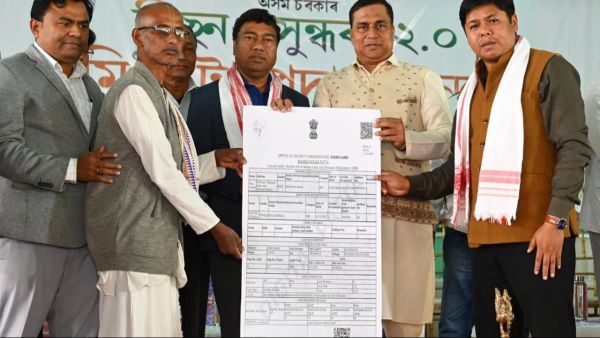
The book by Vinoth Thomas, a scientist of the Rubber Research Institute of India, traces the story of a crop that transformed people's lives and reshaped an economy. The history of rubber cultivation in India is long and meandering. From the first plantation in Ernakulam district's Thattekad on the banks of the river Periyar in the early decades of the 20th Century, to other parts of Kerala via Mundakkayam and finally to north-east India, it is a long and chequered story of how the rubber tree or Hevea brasiliensis, as botanists call it, transformed people's lives and reshaped an economy
'Rubber Charitham' in Malayalam or History of Rubber by Vinoth Thomas, a scientist of the Rubber Research Institute of India, does not confine itself to the localized experience of the transforming power of rubber but lays down a path to explore Indian history over the last six centuries. In the process of revolutionizing economies, the rubber trees too have undergone transformation from the first seedlings collected in South America to the genetically modified variety now under experimental farming in the country.
Collecting seeds
'Rubber Charitham', so to speak, is straight from the horse's mouth because Dr. Thomas' great grandfather was one of the first rubber cultivators in the State. The family, residing at Thiruvankulam, near Thripunithura, collected rubber seeds from an estate near Thodupuzha at a time when the seeds were not given away by established plantations.
Sawar Dhanania, Rubber Board chairman, says in his foreward to the book that natural rubber had spread its wings as a key raw material and was the base for more than 30,000 products of diverse application now.
With about 75% of natural rubber in the country being produced in Kerala, the State's history is inseparable from the history of rubber plantations, which began to acquire a commercial scale with the Endayar plantation, near Mundakayam, under the leadership of J.J. Murphy.
State's strong bond
Though experiments in rubber cultivation began both in Kerala and Assam initially, it was Kerala that made major headway as Assam was bound to tea plantations and rubber trees faded into the background.
The former executive director of Rubber Board KN Raghavan says in his introduction to 'Rubber Charitham' that no cash crop has such an illustrious history as rubber and those who do not learn from history are condemned to repeat it.